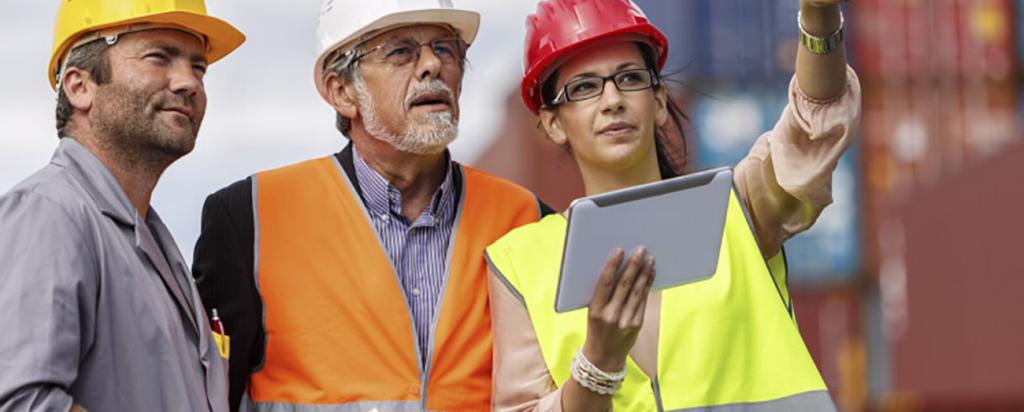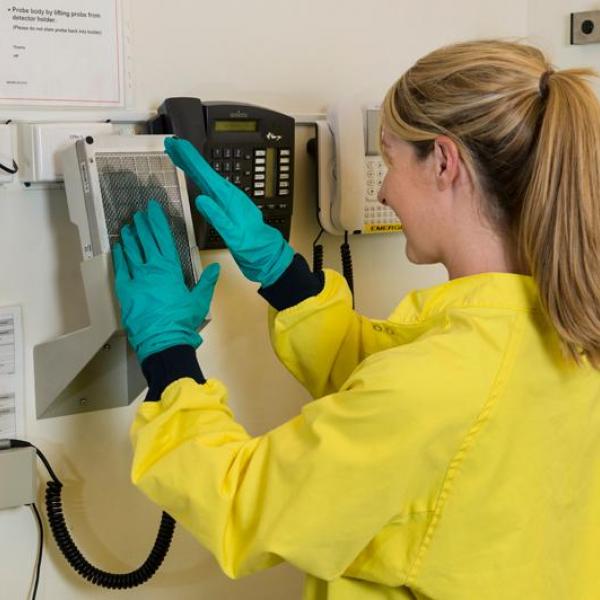
Work Health and Safety
ANSTO strives to ensure that potential hazards and risks are as low as reasonably achievable. ANSTO undertakes a wide range of activities that benefit Australia through the careful application of nuclear-based science. The potential hazards associated with ANSTO's activities are similar to those found at any large industrial site or research facility. Safety is at the heart of ANSTO’s culture.
Through the development and application of a robust safety management system, ANSTO strives to ensure that these risks are as low as reasonably achievable, and in line with the expectations of its regulators.
For detailed and up-to-date information related to ANSTO's safety record, please visit the ARPANSA website.

Environmental Management Systems
Work Health and Safety
ANSTO operates a Work Health and Safety (WHS) Management System designed to ensure the safety of its employees, partners and members of the public.
Additionally, ANSTO operates an Environmental Management System which aims to minimise the impact of our activities on the environment.
The basic requirements of these systems are:
- Hazard identification: All activities are assessed to identify any hazards to staff, members of the public and the environment
- Risk assessment: The risks from the identified hazards are assessed, accounting for both the likelihood of occurrence, and the potential worst-case consequences
- Control measures are identified and implemented: The most appropriate means of controlling risks are identified, implemented and monitored to ensure continuing effectiveness.
Hierarchy of controls
In specifying control measures, ANSTO applies the accepted hierarchy of controls in relation to the WHS management:
- Eliminate: Where a hazard can be eliminated. This is the first choice
- Substitute: Where a hazard cannot be eliminated, it is reduced as far as practicable. For example, minimising the quantities of hazardous chemicals used and using low voltage equipment where possible
- Isolation: Where possible hazards will be separated from workers by time, work scheduling or physical isolation
- Engineering controls: Measures are used to isolate hazards to prevent harmful interactions with personnel, or the environment. Examples include the use of hot cells for processing of radioactive material, and fume-cupboards within laboratories for handling hazardous chemicals
- Administrative controls: Engineering controls are supported by a robust suite of administrative controls, including task and plant specific risk assessments, operator training, operating procedures and supervision
- Personal Protective Equipment: PPE is provided where required to further protect workers
These generic requirements are detailed in ANSTO's comprehensive safety management system, which is designed to meet international best practice. Regular audits of the system are undertaken to ensure compliance with, and improvements to, the safety management system.